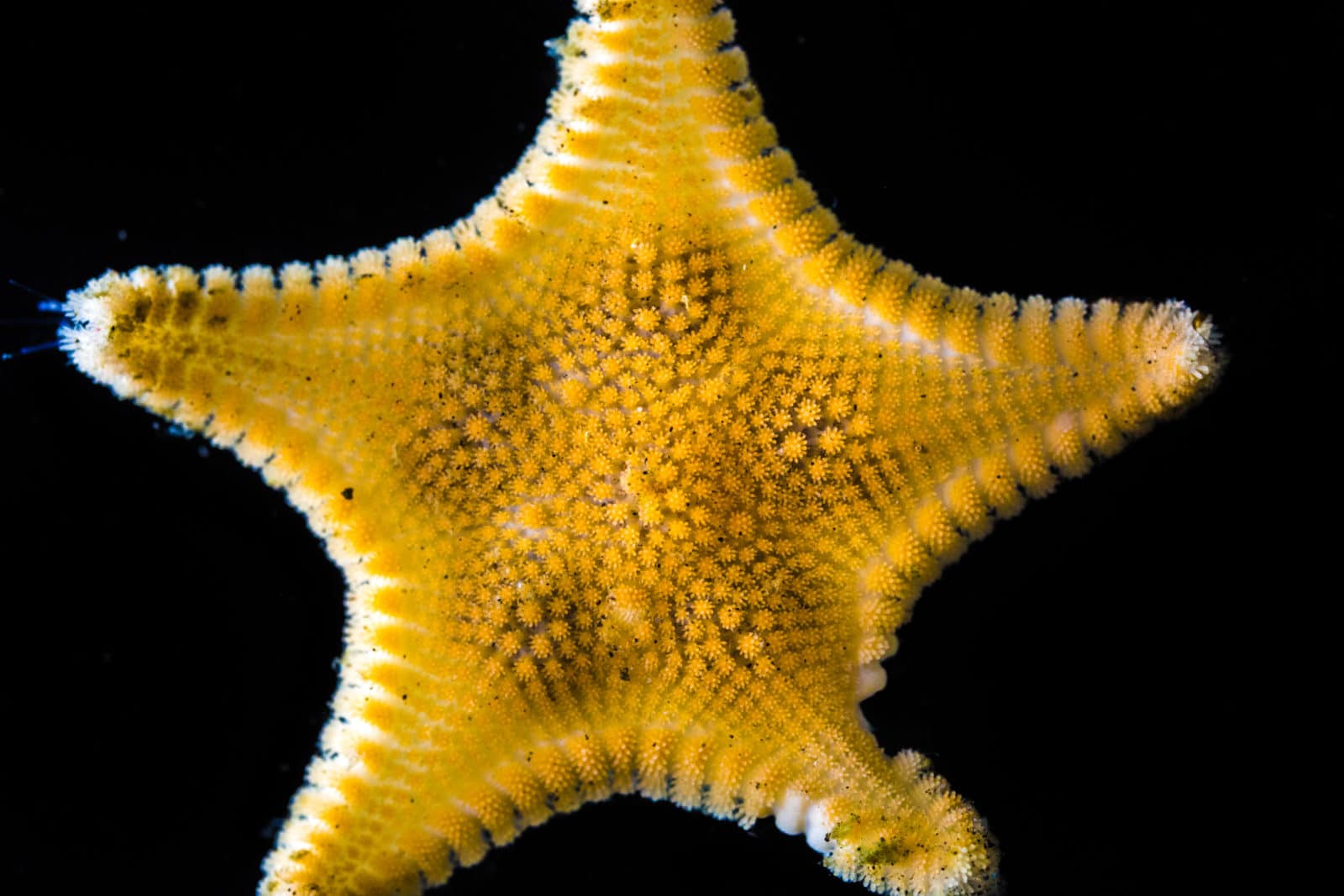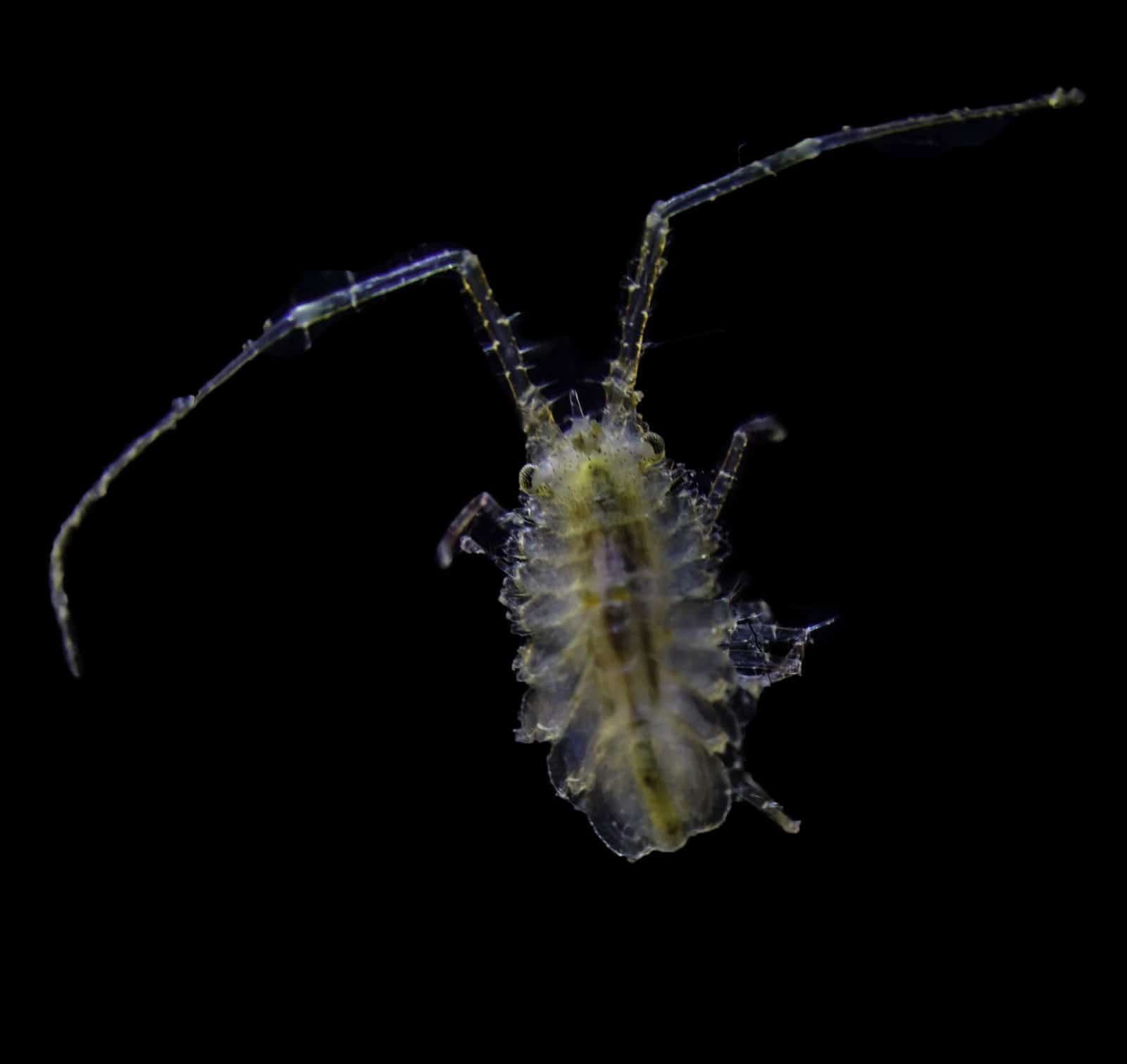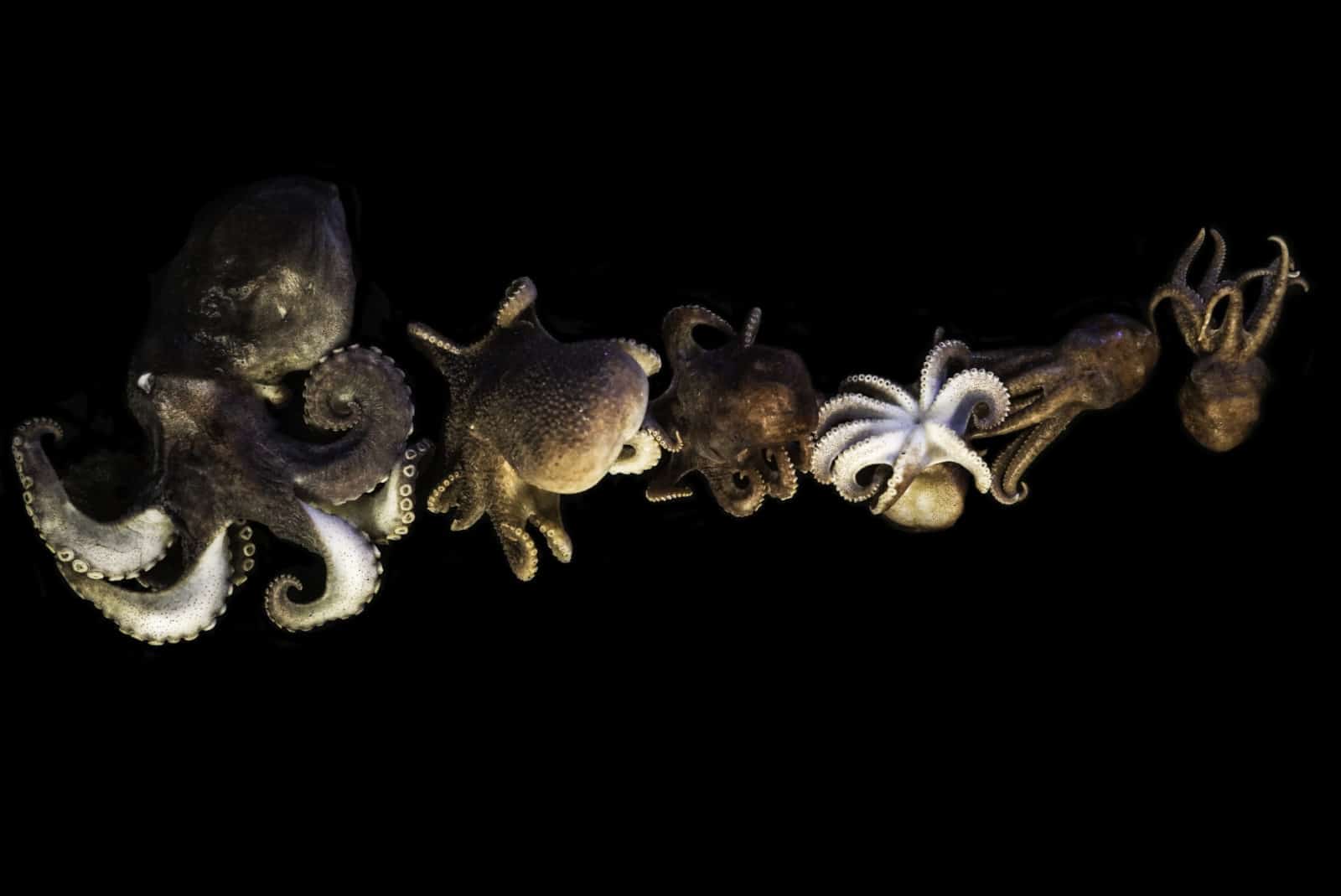

Brief description and intermediate results
The Antarctic Seabed Carbon Capture Change project investigates a societal ecosystem service performed by life on the seabed (benthos). This is the ability of benthos to capture, store and bury carbon so called ‘blue carbon. Benthos grow (increase carbon) through eating microalgae and often build carbon rich skeletons (carbonate). The carbon captured and stored by these animals is estimated to be millions of tonnes in the Antarctic alone, and shows a hidden value of marine biodiversity and its conservation (more information on this can be found
here).
Our project, involving scientists from six countries, is the first attempt to measure a Subantarctic blue carbon budget (for continental shelf areas). Benthos were collected using a trawl, and with detailed examination of many of these, we can age them. In the British Antarctic Survey, Cambridge laboratories we will quantify how much carbon they accumulate each year. We also ran video cameras with lights looking forwards inside our trawls, from which we can measure how many of each animal there were by area (density). This imagery allows us to fit the carbon per time (from animal ages) to values in space (from densities).
In the Antarctic much of the valuable carbon stored by benthos is recycled by iceberg strikes (more information on this can be found
here) so the higher productivity in the Subantarctic, coupled with less losses due to icebergs mean it could be one of the world’s most important carbon sinks. Whilst forest areas and coral reefs are near universally shrinking as carbon sinks, polar and subpolar seabed carbon storage may be increasing and so become of major societal value as a feedback (fightback) against climate change.
David K A Barnes
British Antarctic Survey, NERC, UK
Antarctic Seabed Carbon Capture Change
- University of Tasmania (Australia)
- University of Bruxelles (Belgium)
- University of Bourgogne (France)
- Alfred Wegner Institut & Senckenberg (Germany)
- University of Bergen (Norway)
- University of the South (Peru)
- P.P. Shirshov Institute (Russia)





